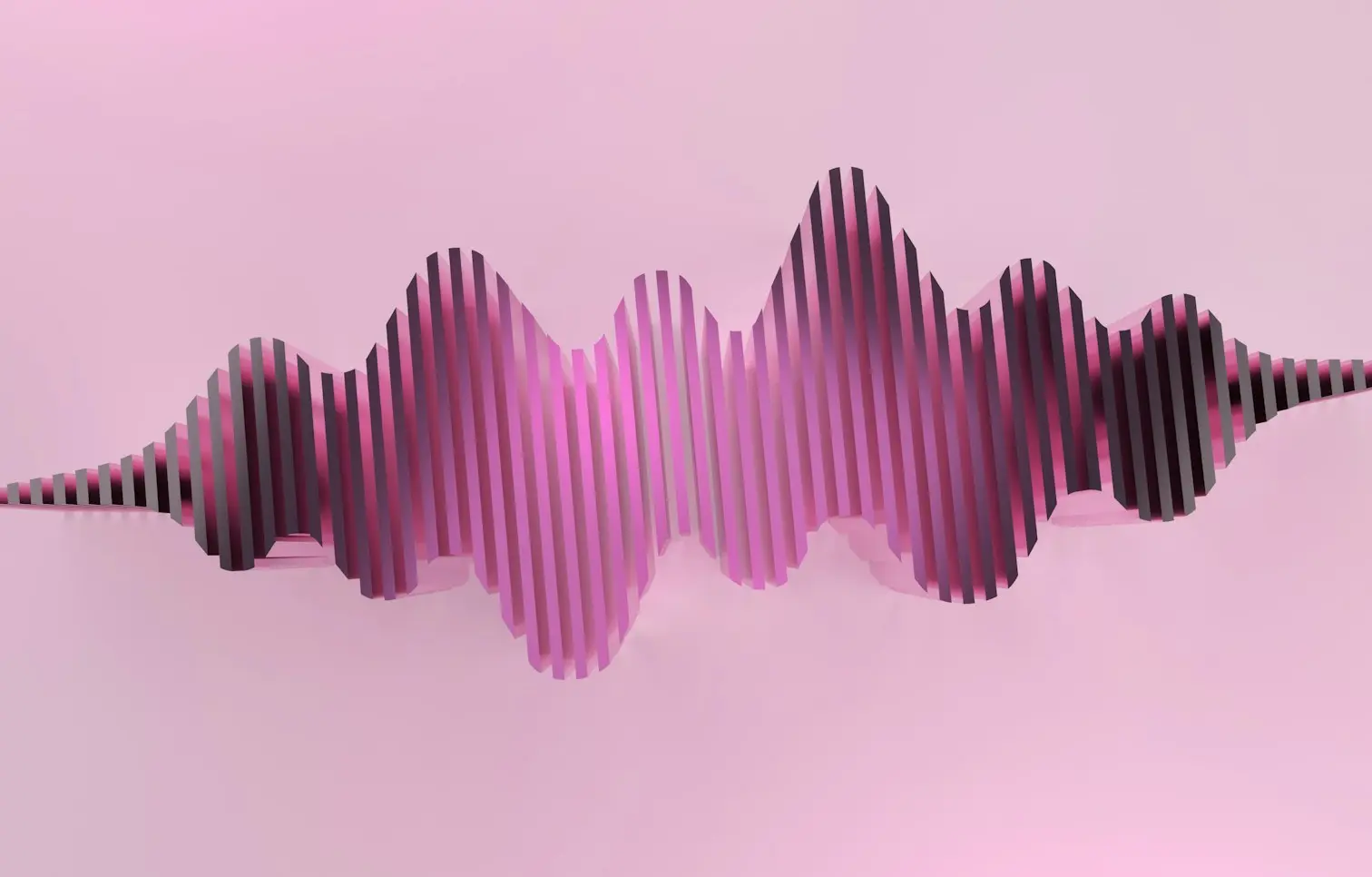Advantages and Disadvantages of Speech Recognition for EHR’s
Is speech recognition software for EHRs really a solution to medical documentation? Or does it just force providers to complete more dictation and recall more information?


Advantages and Disadvantages of Speech Recognition for EHR’s
In recent years, speech recognition has taken a gigantic leap in terms of quality, accuracy, and accessibility. While part of the growth can be attributed to technological advancements in the field, a huge portion of its growth can be attributed to growing applications in industries like customer support, “smart” devices, and healthcare. In healthcare, speech recognition technology is emerging as an effective solution in the fight against physician burnout as it relates to medical documentation. Below we dive into the many advantages and disadvantages of using speech recognition for EHR’s.
What is Speech Recognition?
Before we dive too deeply into this topic, it’s important to understand what speech recognition is. Speech recognition is the process of automatically converting spoken word into written text using advanced computer science and machine learning programs, among others. Speech recognition is concerned with identifying the individual words, or speech, being spoken by an individual speaker. While often mistakenly equated to voice recognition, speech recognition is notably more rudimentary than voice recognition which – which also focuses on identifying the individual speaker, or voice, behind the spoken words. But more on that later. We will be focusing on speech recognition and its advantages and disadvantages with EHR integration for the majority of this informative blog.
Advantages of Speech Recognition for EHR's
Speech Recognition as a Modern Transcriptionist
In many ways, modern speech recognition technology operates in a very similar capacity to traditional transcriptionists, who, in the medical setting, take a recording of a patient encounter and transcribe it into a complete written document or medical note. This is perhaps the biggest advantage of speech recognition for EHRs. Instead of employing a third party medical transcriptionist, providers can use speech recognition devices to transcribe their medical documents in real time. Using speech recognition in this capacity requires the provider to dictate their patient encounter after hours (in almost all cases). This speech recognition technology converts the dictated patient encounter into a completed medical document or note that the provider then imports into their EHR.
Recommended Reading: Is Speech Recognition for Medical Transcription a Good Option?
Speech Recognition Designed for EHR’s
Unlike using speech recognition as a medical transcriptionist, emerging technology is beginning to leverage speech recognition as a direct EHR integration. This means that rather than editing, reviewing, and importing a speech recognition generated medical note into the EHR manually, a provider can use this speech recognition directly in their EHR. This technology can make sense of medically relevant language and populate it into the fields of the EHR by relying on specific vocal prompts on behalf of the healthcare provider or assistant. In theory, this technology offers a huge advantage to care providers who feel the heavy burden of their medical documentation load. Speech recognition for EHR’s allows providers to complete medical notes all in one place, rather than relying on a dictation, a transcriptionist, or a scribe, or any other third party medical documentation assistant.
Recommended Reading: The Benefits of Voice Recognition Software in Healthcare
Disadvantages of Speech Recognition for EHR’s
Dictation
The biggest disadvantage of speech recognition for EHR’s is that the technology relies on a very high level of dictation to work correctly. What’s meant by this is that the provider most vocally prompt the technology through not only each individual field of their note, but also through each detail of punctuation and formatting.
Ultimately, the level of dictation needed to work successfully is so high that it often negates any time saved by opting out of a transcriptionist or other third party documentation solution actually save providers that much time on their documentation when all is said and done. Additionally, the constant stop and start nature of dictating punctuation and formatting and other non-medically relevant information can disrupt the documentation process and thought process of the provider.
Information Recall
The other major disadvantage of speech recognition for EHR’s is that because it relies on such a high level of dictation, most providers opt to dictate after the patient leaves rather than during the visit. Because providers are often not dictating the encounter until hours or even days after the patient has left, it means that they must rely on extensive information recall in order to properly document the encounter. Any information overlooked on behalf of the provider puts the patients at risk for a lower quality of care, and providers at a higher risk of malpractice or miscare.
While speech recognition for EHR’s has many advantages, and does work successfully for certain providers, it often seems that the disadvantages outweigh the advantages due to their severity and the threat they pose to providers.
Eliminate dictation, after-hours recall, and unfeasible documentation turnaround times with DeepScribe
DeepScribe is the only medical documentation solution that uses speech recognition and voice recognition to automate the clinical documentation process. Our technology uses an AI subfield called natural language processing to extract medically relevant information from a natural conversation between a patient and a provider. By using both speech recognition and voice recognition DeepScribe is able to distinguish between the provider and the patient and use that to produce a high-fidelity transcription.
After that, our technology produces a complete medical note and then pushes that note directly into your EHR, populating the individual note fields along the way. Afterwords, the provider simply needs to review the note and sign off.
With DeepScribe, hours aren’t lost dictating information after hours, or recalling highly detailed information, simply turn your focus back to the patient and let us take care of your documentation.
Interested in learning more? Reach out to us or watch a demo.
text
Related Stories
Realize the full potential of Healthcare AI with DeepScribe
Explore how DeepScribe’s customizable ambient AI platform can help you save time, improve patient care, and maximize revenue.




